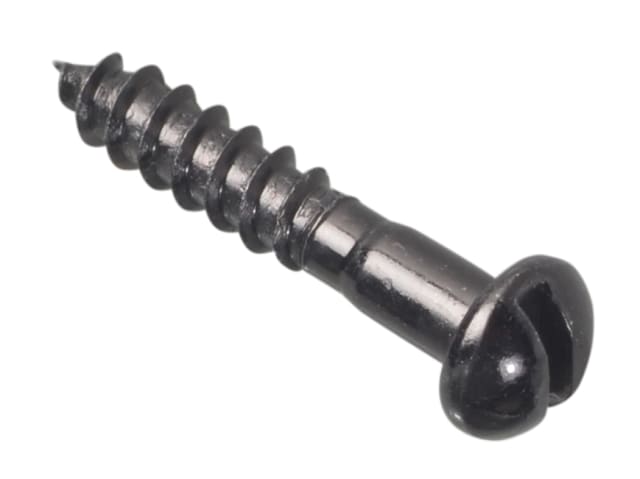What Are The Best Screws For Assembling Flat-Pack Furniture?
Whether you are an avid DIY-er or not, it is rare to buy a piece of furniture now that doesn’t come in flat-pack form and isn’t required to be constructed or at least partly assembled yourself. This has made pretty much everyone competent in DIY to some extent, but whatever level you are at, it is important to have the right materials, and particularly if you are a DIY novice, your only hope of success is to have everything you could possibly need at hand.
It is common now to construct furniture ourselves, and of course this reduces cost and in most cases is relatively straightforward. So this can include wardrobes, cabinets, a set of drawers, chairs, tables, sofas, desks, shelving units and even a bed. Although all these items are very different in terms of their design, function and appearance they share common attributes in terms of how they are put together. You will mostly be working with solid wood, and while size and therefore weight will vary considerably, these items often use the same type of screws and connectors.
Common types of screws used for flat-pack furniture
Most of the screws supplied with flat-pack furniture (or which need to be sourced if they are not provided, not enough have been supplied, or existing ones need replacing) consist of:
- Wood screws – Common and standard wood screws are ideal for screwing into wood safely and without damaging the product. Wood screws come in various lengths and diameters, and usually have a round Phillips head, are fully threaded and have a pointed end. Wood screws are usually brass.
- Fixing screws – These are very similar to wood screws in size, shape and design (round Phillips head, fully threaded and pointed end) but are usually made from stainless steel, so can be used on other materials and can also be used externally. Fixing screws can also be much shorter than the average wood screw for more lightweight applications, such as constructing the individual drawers in a much larger set of drawers.
- Fixing bolts – These are much shorter than fixing screws and are used for small items such as shelves in a shelving unit or cabinet, or for fixing drawer runners.
- Confirmat screws – These are coarse threaded screws with a round, flat head that is driven in using a hexagonal Allen key rather than a screwdriver. The end of this screw is flat rather than pointed.
- Cam bolt fixings – These are unique to flat-pack furniture and are an assembly of two pieces, a bolt that has a long unthreaded middle section with a short threaded end section, and a round head that is usually slotted. Then there is a separate ‘cam’ or ‘dowel’ which is a small, barrel-shaped item with a cross or slotted head, and which is usually placed in a different hole in a different section of furniture to the bolt. When the separate sections of furniture are assembled, the bolt will locate the cam, and when the cam is turned by a screwdriver it will grip the threaded end of the bolt. This will provide a tight and secure connection between the two pieces of wood. The cam bolt fixing is used widely in various types of flat-pack furniture.
- Bolts – Long, part-threaded bolts with a flat head turned by an Allen key are common in larger items, such as when constructing the side lengths of a bed.
How to assemble flat-pack furniture
All flat-pack furniture should come with a set of instructions, but that doesn’t always give you tips on how to do the job properly. So:
- Check all the parts – The item should come with the screws and fixings you need, but it won’t always, and this should be made clear on the item packaging and description. So take advice in this case and make sure you get the right screws and fixings. Otherwise, check the screws and fixings provided against the instructions, it is not uncommon for some to be missing, so count them and divide them.
- Read the instructions – Have a quick scan of the step-by-step instructions beforehand so you have a rough idea what to do and in what order, and so you are confident you can actually do it.
- Space - You will need a much bigger area than simply the size of the item itself, you will need to store all the parts, move the item around as you construct different parts and give yourself enough room to work safely.
- Flat surface – You must have a flat surface on which to work, a carpeted floor is usually fine, and helps to protect the item as you work with it.
- Tools – Make sure you have everything you need, to save time and frustration searching for the right tools.
- Time – Give yourself enough time to complete the construction, try not to apply a deadline. Assembling flat-pack furniture often takes longer than you realise, even if you do it right, but rushing a job can lead to mistakes, damage and injury.
Contact MB Direct for advice on the best screws for flat-pack furniture
If you have not been supplied with screws for your flat-pack furniture, or parts are missing or have become damaged, contact our experts at MB Direct and we can help you find the right fixings. We can talk to you about the type of furniture you are constructing in terms of materials, size and weight and advise on the right solutions from our vast range of screws and fixings, so contact our team today.